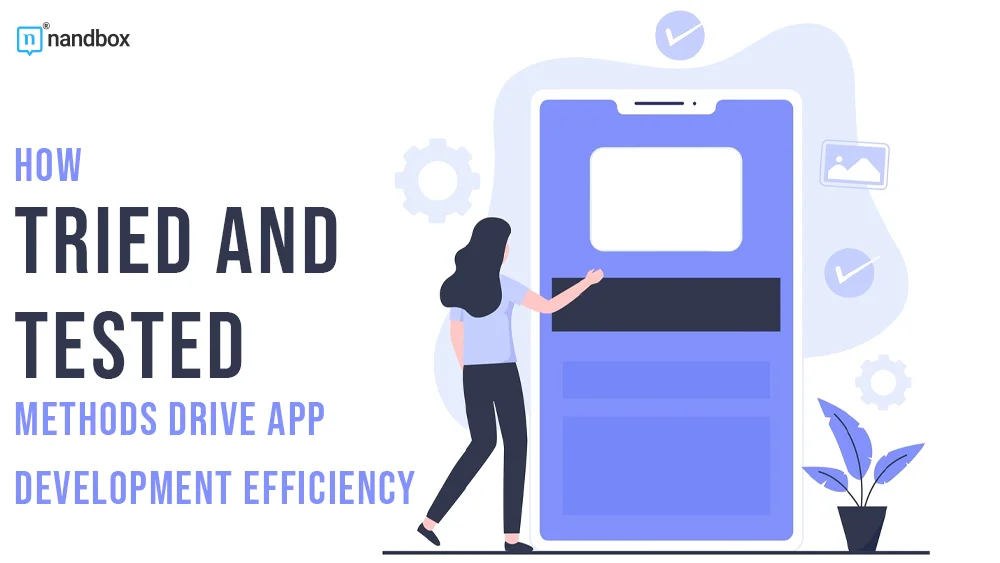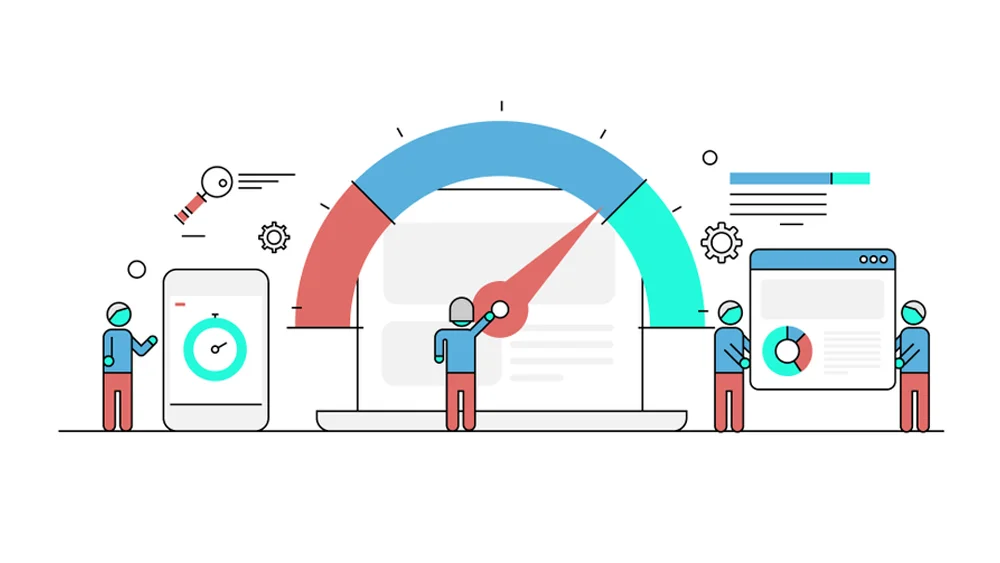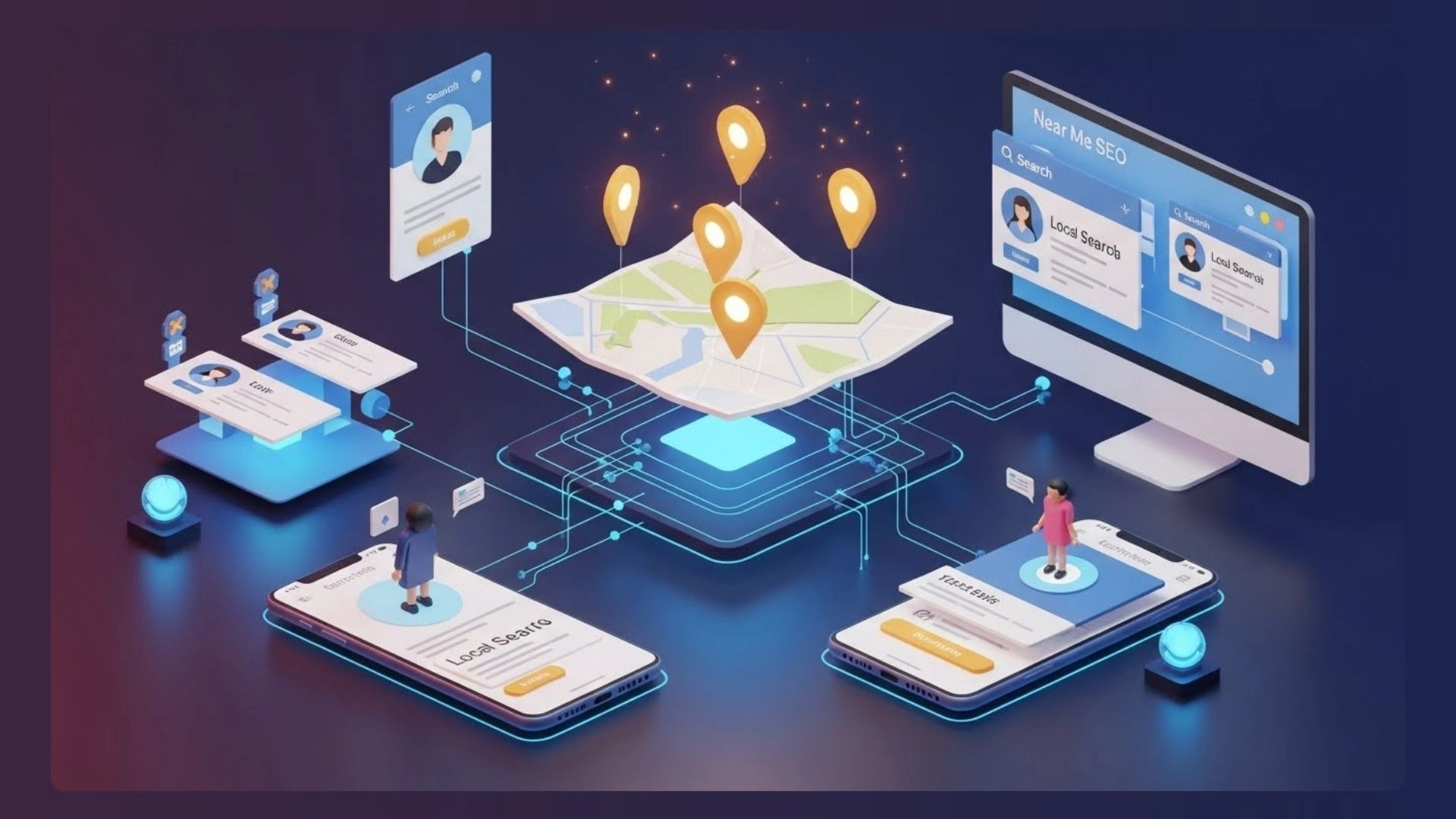Have you noticed that every successful business, from coffee shops to tech giants, has its own app? It’s no coincidence—mobile apps are no longer a nice-to-have, optional thing; they’re absolutely essential. If you want to boost customer engagement and streamline your operations, you know what you need to do: develop an app for your business. Of course, building a successful app is no easy task; in addition to creating fully functional software, you also have to understand your audience and their needs, desires, and preferences, which is easier said than done. But just because something requires a lot of planning and effort doesn’t mean it’s impossible. – with the right mindset, tried-and-tested methods, and strategies, you (or your developers) can build a truly efficient, successful app that will fuel your business growth. Here’s how.
Tried-and-Tested Methods for App Development Efficiency
Building a successful app requires more than just having a great idea: you need to research and plan for it meticulously, use the right tools, and then continuously improve your process based on your audience’s feedback. Here are five tried-and-tested methods and basic steps to developing a successful, efficient, and user-friendly app, regardless of your industry.
Define Clear Objectives and User Stories
Start by defining what success looks like for your app. What problem does it solve? Who are your users? Create detailed user stories to map out how different types of users will interact with your app. This step is crucial because, without it, your development team won’t understand the end goals.
Use Agile Methodologies
Agile methodologies like Scrum or Kanban help break the development process into manageable chunks called sprints. Each sprint focuses on a set of tasks, allowing for continuous improvement and adaptation. This approach keeps the project flexible and responsive to changes, which is crucial in today’s fast-paced tech environment.
Leverage Pre-Built Components and Frameworks
Why reinvent the wheel? Use pre-built components and frameworks to speed up development. For example, if you’re building an educational app, consider using platforms like Moodle or Google Classroom APIs. These tools offer robust functionalities that you can integrate into your app, saving you time and effort.
Conduct Regular Testing and Quality Assurance
Testing shouldn’t be an afterthought. Regular testing and quality assurance help catch bugs early and ensure that the app functions smoothly. You can use automated testing tools to streamline this process. For example, Selenium and Appium are great for testing web and mobile apps, respectively.
Optimize for Performance
No one likes a slow app. Optimize your app’s performance by minimizing load times and ensuring that it runs smoothly on all devices. You can use performance monitoring tools like New Relic or Firebase Performance Monitoring to identify and fix bottlenecks.
Bonus Tips for Different Types of Apps
- Educational Apps: If you’re building an educational app, focus on creating an intuitive user interface that’s easy for students and teachers to navigate. Incorporate interactive elements like quizzes and video tutorials to enhance learning. For example, if you’re developing an app for law students, include features that facilitate efficient studying and practice. Incorporate bar test questions and case summaries to help users prepare for exams.
- Game Apps: Game development requires a different approach. Here, it’s important to prioritize high-quality graphics and smooth gameplay. Consider using game development engines like Unity or Unreal Engine to create immersive experiences. You should also implement in-app purchases and ads (strategically, of course) to monetize the app without disrupting the user experience.
- E-commerce Apps: E-commerce apps should, first and foremost, have a seamless checkout process. So, integrate secure payment gateways and ensure that your app is PCI-DSS compliant to protect user data. You can also offer personalized recommendations based on user behavior to enhance the shopping experience and drive sales.
Continuous Adaptation and Improvement
Even when you build a successful app that brings you the results you want, you’re not done; the tech landscape is always changing, and rapidly so, so staying ahead means continuously learning and adapting. Do your best to keep up with the latest trends and technologies in app development so you can keep incorporating new methods and tools that can further enhance development efficiency.




